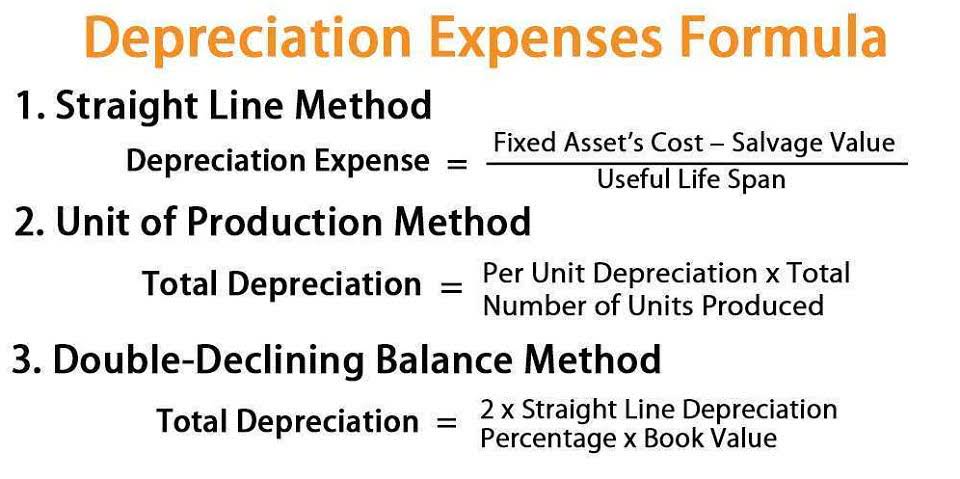That is the closing balance of the retained earnings account as in the previous accounting period. For instance, if you prepare a yearly balance sheet, the current year’s opening balance of does retained earnings have a normal debit balance retained earnings would be the previous year’s closing balance of the retained earnings account. This balance signifies that a business has generated an aggregate profit over its life.
How Net Income Impacts Retained Earnings
However, the amount of the retained earnings balance could be relatively low even for a financially healthy company, since dividends are paid out from this account. Consequently, the amount of the credit balance does not necessarily indicate the relative success of a business. Retained earnings are the portion of a company’s net income that management retains for internal operations instead of paying it to shareholders in the form of dividends. In short, retained earnings are the cumulative total of earnings that have yet to be paid to shareholders.
What Is Retained Earnings to Market Value?
If you’re trying to streamline your business, manually logging entries into ledgers or using an Excel spreadsheet is only going to slow you down. Similarly, the iPhone maker, whose fiscal year ends in September, had $70.4 billion in retained earnings as of September 2018. Businesses use this equity to fund expensive asset purchases, add a product line, or buy a competitor.
Try QuickBooks Accounting Software for Small Businesses Free for 30 Days
It’s a measure of the resources your small business has at its disposal to fund day-to-day operations. At the end of the period, you can calculate your final Retained Earnings balance for the balance sheet by taking the beginning period, adding any net income or net loss, and subtracting any dividends. Examples of these items include sales revenue, cost of goods sold, depreciation, and other operating expenses. Non-cash items such as write-downs or impairments and stock-based compensation also affect the account.
- This is a rule of accounting that cannot be broken under any circumstances.
- Since company A made a net profit of $30,000, therefore, we will add $30,000 to $100,000.
- These include revenues, cost of goods sold, operating expenses, and depreciation.
- These accounts normally have credit balances that are increased with a credit entry.
If the result is positive, it means the company has added to its retained earnings balance, while a negative result indicates a reduction in retained earnings. In terms of financial statements, you can find your retained earnings account (sometimes called Member Capital) on your balance sheet in the equity section, alongside shareholders’ equity. In rare cases, companies include retained earnings on their income statements. In the next accounting cycle, the RE ending balance from the previous accounting period will now become the retained earnings beginning balance.
When a company pays dividends to its shareholders, it reduces its retained earnings by the amount of dividends paid. Generally speaking, a company with a negative retained earnings balance would signal weakness because it indicates that the company has experienced losses in one or more previous years. However, it is more difficult to interpret a company with high retained earnings. Any item that impacts net income (or net loss) will impact the retained earnings. Such items include sales revenue, cost of goods sold (COGS), depreciation, and necessary operating expenses.
- In that case, the company may choose not to issue it as a separate form, but simply add it to the balance sheet.
- Thus, retained earnings are the profits of your business that remain after the dividend payments have been made to the shareholders since its inception.
- When expressed as a percentage of total earnings, it is also called the retention ratio and is equal to (1 – the dividend payout ratio).
- If a potential investor is looking at your books, they’re most likely interested in your retained earnings.
- Say, if the company had a total of 100,000 outstanding shares prior to the stock dividend, it now has 110,000 (100,000 + 0.10×100,000) outstanding shares.
As mentioned earlier, management knows that shareholders prefer receiving dividends. This is because it is confident that if such surplus income is reinvested in the business, it can create more value for the stockholders by generating higher returns. These are the long term investors who seek periodic payments in the form of dividends as a return on the money invested by them in your company. Retained earnings are usually considered a type of equity as seen by their inclusion in the shareholder’s equity section of the balance sheet. Though retained earnings are not an asset, they can be used to purchase assets in order to help a company grow its business. Additional paid-in capital is included in shareholder equity and can arise from issuing either preferred stock or common stock.
Stock dividends, on the other hand, are the dividends that are paid out as additional shares as fractions per existing shares to the stockholders. You can either distribute surplus income as dividends or reinvest the same as retained earnings. An alternative to the statement of retained earnings is the statement of stockholders’ equity.
- It’s also sometimes called the statement of shareholders’ equity or the statement of owner’s equity, depending on the business structure.
- We’ll explain everything you need to know about retained earnings, including how to create retained earnings statements quickly and easily with accounting software.
- At the end of an accounting year, the balances in a corporation’s revenue, gain, expense, and loss accounts are used to compute the year’s net income.
- When a company pays dividends to its shareholders, it reduces its retained earnings by the amount of dividends paid.
- This can make a business more appealing to investors who are seeking long-term value and a return on their investment.




